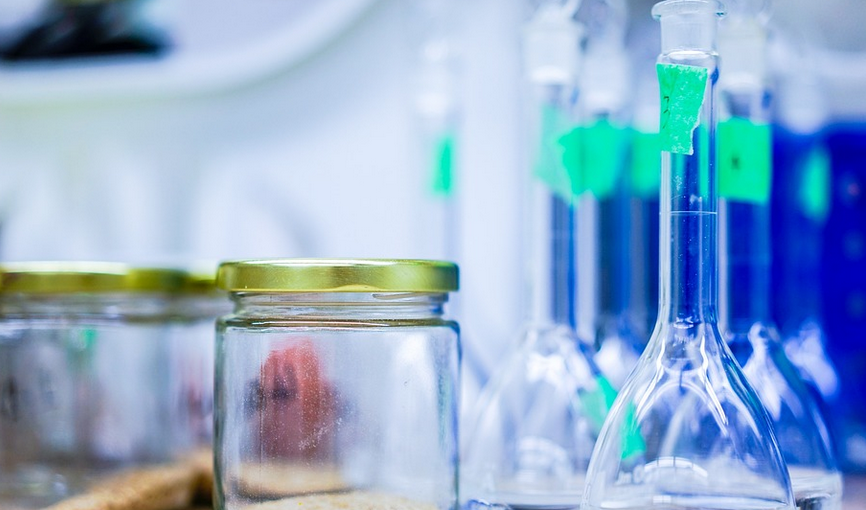What is Protoplasm?
Protoplasm refers to the living substance that makes up the cells of all living organisms. It is the essential material that carries out all the functions of life. Protoplasm is composed of a variety of chemical compounds and elements, each playing a crucial role in the overall functioning of the cell.
The Chemical Composition of Protoplasm
The chemical composition of protoplasm is complex and varies depending on the type of organism, its stage of development, and the environment in which it lives. However, protoplasm is primarily made up of four main classes of compounds: proteins, nucleic acids, lipids, and carbohydrates. These compounds are made up of various elements, such as carbon, hydrogen, oxygen, nitrogen, and sulfur.
Proteins
Proteins are the most abundant compounds in protoplasm and are essential for the structure and function of cells. They are made up of amino acids and contain nitrogen, carbon, hydrogen, and oxygen. Proteins perform a variety of functions, including catalyzing chemical reactions, transporting molecules, and supporting cell structure.
Nucleic Acids
Nucleic acids are another essential component of protoplasm. They are responsible for carrying genetic information and directing cellular activities. Nucleic acids are made up of nucleotides, which contain nitrogen, carbon, hydrogen, oxygen, and phosphorus. The two main types of nucleic acids are DNA and RNA.
Lipids
Lipids are a diverse group of compounds that are insoluble in water. They are essential for cell membrane structure and function, energy storage, and signaling. Lipids are made up of fatty acids and glycerol and contain carbon, hydrogen, and oxygen.
Carbohydrates
Carbohydrates are the primary source of energy for cells. They are made up of simple sugars, such as glucose and fructose, and contain carbon, hydrogen, and oxygen. Carbohydrates also play a role in cell structure and recognition.
The Importance of Understanding Protoplasmic Chemical Composition
Understanding the chemical composition of protoplasm is crucial for many reasons. First, it provides insight into the fundamental functions of cells and the mechanisms that drive life. Second, it allows scientists to develop new treatments and therapies for diseases that target specific cellular processes. Finally, it allows us to better understand the impact of environmental factors, such as pollution and climate change, on living organisms.
Conclusion
Protoplasm is the heart of all living organisms, and its chemical composition is complex and varied. The four main classes of compounds that make up protoplasm are proteins, nucleic acids, lipids, and carbohydrates, each playing a crucial role in the overall functioning of the cell. Understanding protoplasm’s chemical composition is essential for advancing our knowledge of life and developing new treatments for diseases.

